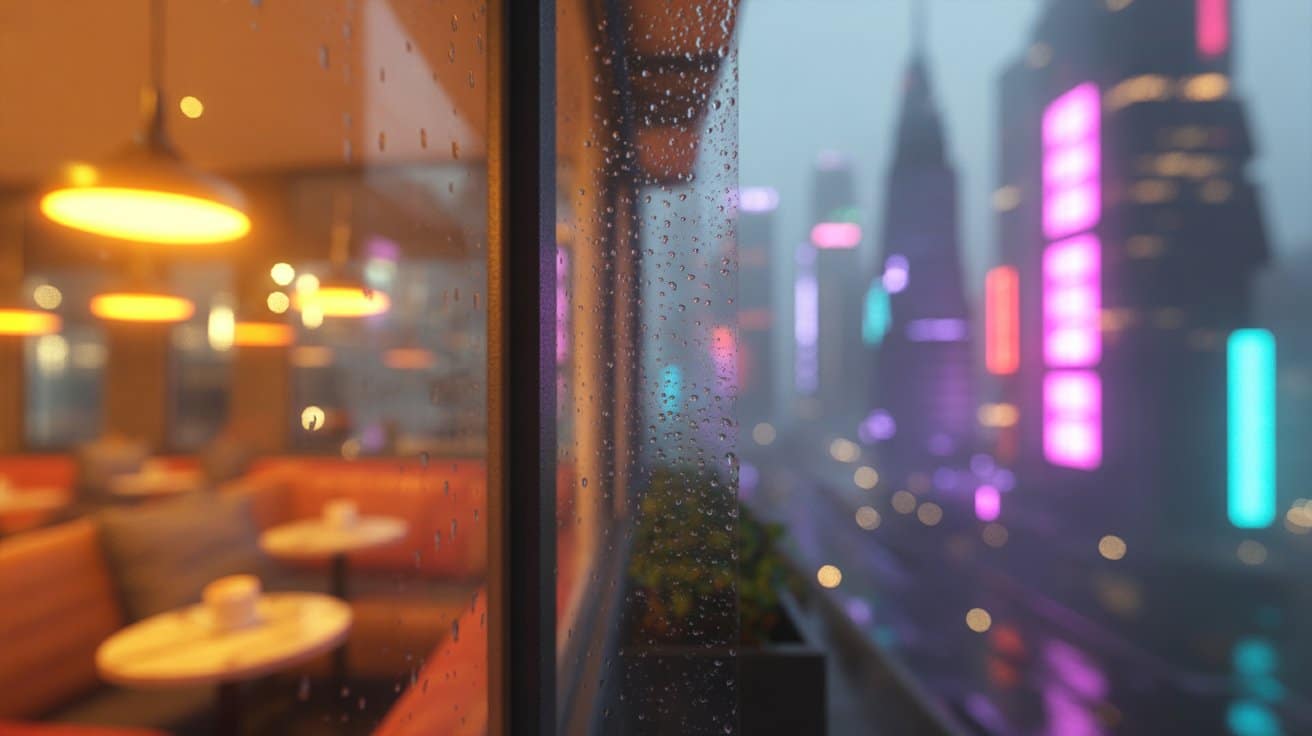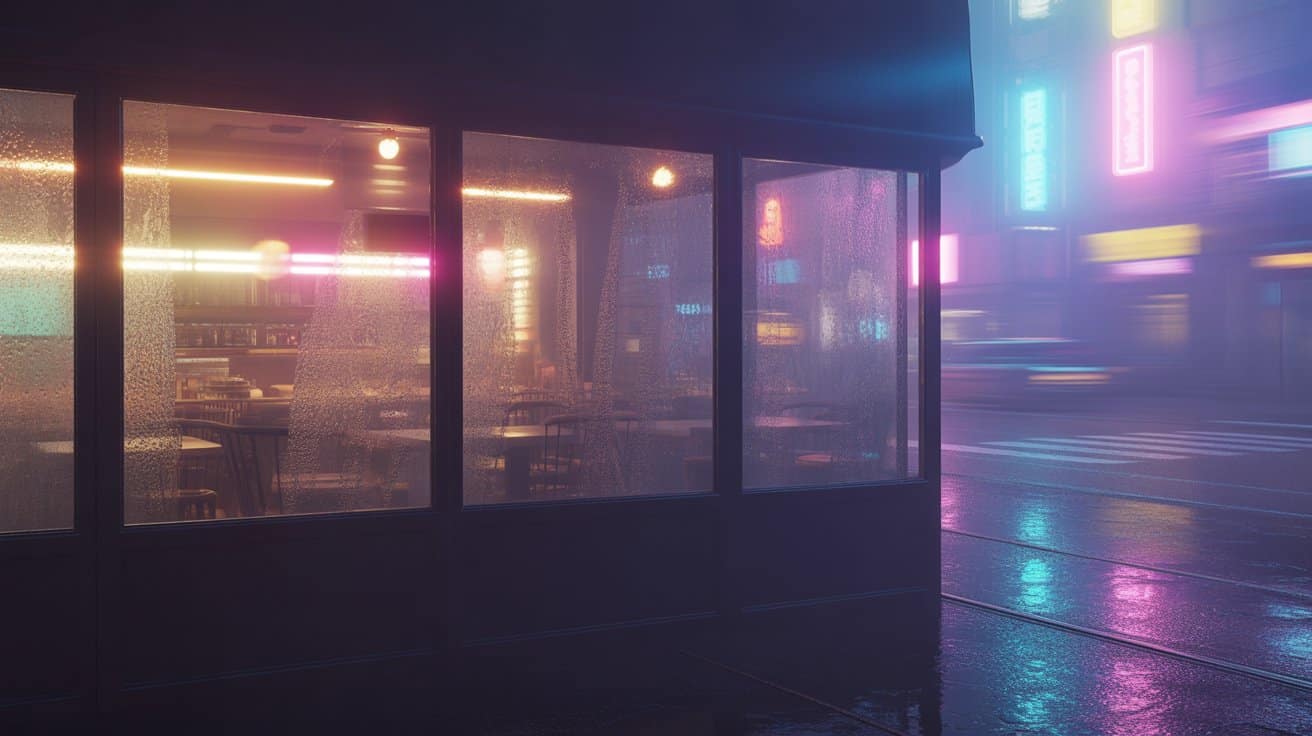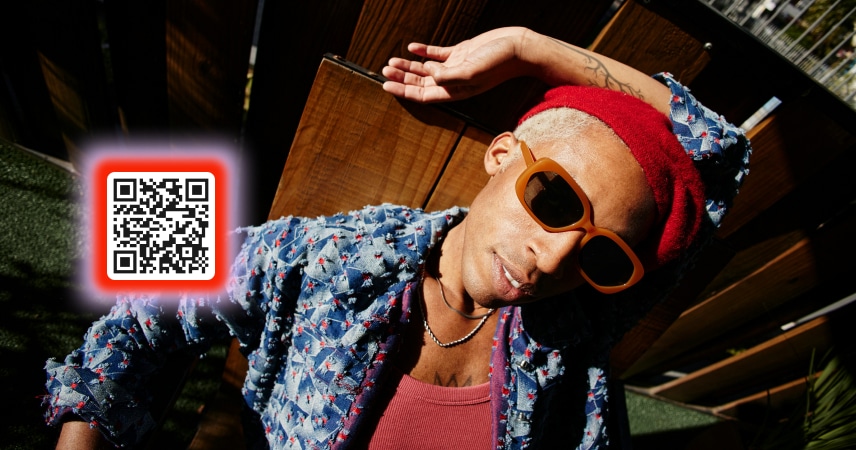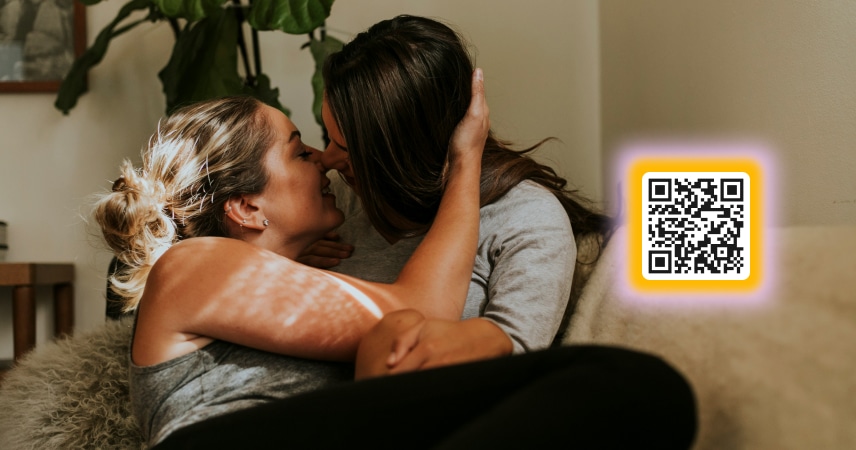
Lesbian literature has spent much of modern history being relegated to the margins. Stories about sapphic women were often deeply encoded within mainstream fiction or confined to underground presses. Yet, these stories have always been there. It was in early lesbian pulp fiction with its intense longing, and it remains a force today as queer authors proudly reclaim their queer identity within their writing voices. Lesbian fiction offers a needed lens into the cultural, emotional, and political realities of WLW.
Despite how the genre is portrayed, classic lesbian fiction by authors like Virginia Woolf isn’t just about sexuality. It’s about authenticity, identity, and resilience. These books examine themes of love, friendship, family, sex, loneliness, yearning, and even violence while challenging societal norms that often muzzle lesbians. They introduce us to complex characters who navigate relationships while confronting homophobia – often defying gender expectations at the same time.
Whether you are just starting to explore books about queer women or have your own robust collection of sapphic literature, these titles deserve a place on your bookshelf. From Radclyffe Hall’s bold works to Jeanette Winterson’s modern revelations, these books have made an undeniable impact.
Why is Lesbian Literature So Important?
Sapphic literature isn’t just a subgenre. Think of it as a cultural archive. It serves to preserve the voices of queer women across generations. They give real insights into lives that are too often misrepresented or erased.
Many women who are questioning their identities or just want to be seen can find validation and belonging in lesbian books. People who aren’t queer can read these books an gain empathy, understanding, and connection.
Many of the books here were written at great personal and professional risk. Authors like Patricia Highsmith and R. Hall published their works when depicting lesbian characters openly could ruin one’s life. Still, they went to great lengths to tell the truth. This laid the groundwork for a literary tradition that continues to expand and flourish.
Classic works of lesbian writing addresses forbidden romance, passionate sex, friendship, found family, and internalized shame. They reflect personal experiences, but also engage with broader themes like feminism, oppression, and social justice.
These works of modern and historical fiction also highlight the intersections of lesbian identity with race, class, religion, aging, and trauma. From Alice Walker’s Pulitzer Prize winning The Color Purple to the modern coming of of age tale, The Miseducation of Cameron Post, lesbian literature spans the political and emotional spectrum.
In short, these books matter because they are tangible evidence that queer women have always existed. Their stories matter and don’t deserve to be relegated to the literary sidelines.
Essential Classic Lesbian Novels to Add to Your Shelf
Here are some books by and about lesbians that deserve a place in your personal library.
The Well of Loneliness by Radclyffe Hall (1928)
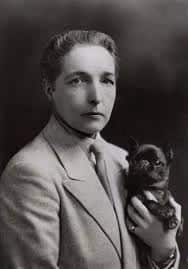
Hall’s novel, the Well of Loneliness deserves a spot on every list of classic lesbian fiction. It is often cited as the first overtly lesbian novel in English literature, and tells the story of Stephen Gordan, a woman who was born into wealth and privilege and adopts masculine traits. She falls in love with another woman.
The Well of Loneliness sparked controversy around the world. In the UK, authorities attempted to ban it on the grounds of obscenity. Despite this, the original version gained traction in the sapphic underground for decades. Hall’s prose is intense and often bleak, but this novel is a cornerstone of lesbian literature. Hall laid a foundation for other queer women to write books that were relevant to their experiences.
Rubyfruit Jungle by Rita Mae Brown (1973)
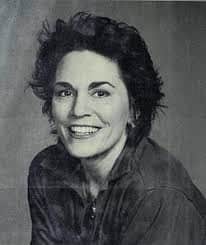
Rubyfruit Jungle is widely regarded as a milestone in lesbian pulp fiction. It’s also Rita Mae Brown’s debut novel. This bold and brash tale centers on Molly Bolt. She’s a working-class young gal who is intensely smart and has an unshakeable sense of identity. The novel traces her journey from childhood, through school, and into the adult world where she navigates love, sex, and pushback from society.
Molly challenges social norms on gender, sexuality, and identity all while being unapologetically confident. That tone helped create a shift in lesbian literature. Rubyfruit Jungle inspired readers to seek out stories in which queer women were bold, openly sexual, and not relegated to tragic footnotes. The audio book version of Ruby Fruit Jungle narrated by Anna Paquin is a particularly compelling telling of this essential read.
The Color Purple by Alice Walker (1982)
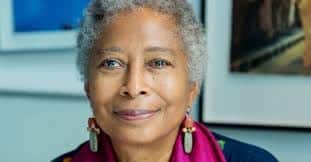
The Color Purple won both the National Book Award and the Pulitzer Prize. Today, it remains on of the most celebrated works of Black lesbian literature. Alice Walker tells the story of Celie, an impoverished African American woman in the rural American South Her story is about exploring identity, surviving abuse, and forming a romantic relationship with independent and glamorous Shug Avery.
This portrayal of love between these two women is both emotional and political. It didn’t just impact those who read the story. It’s sparked academic debates, influenced writers, and was adapted into a movie as well as a Broadway musical. It addresses rape, sexism, and queer love with a lack of sentimentality that has made it an essential read in both queer and feminist circles.
Desert of the Heart by Jane Rule (1964)
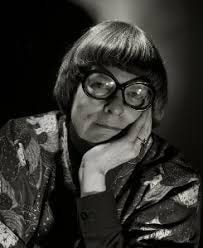
Jane Rule’s Desert of The Heart is a lyrical tale set in 1950s Nevada a place where people could go to establish residency and obtain quick divorces. The main character Vivian is a professor going through a divorce and meets Cay, an irrepressible and unconventional casino worker. Their relationship slowly evolves into a passionate connection that defies expectations.
Rule takes what could have been a conventional hetero romance with a bit of gender-switching and transforms into into compelling sapphic fiction. She avoids the tragedies that often befall this genre. Instead, she showcases the mutual respect, self discovery, and potential for lasting joy. This is a power read that later inspired the movie Desert Hearts.
The Price of Salt by Patricia Highsmith (1952)
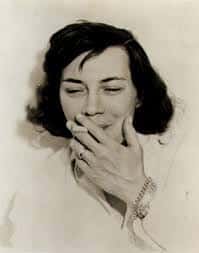
Highsmith originally published this under the pseudonym Claire Morgan. This is another example of a queer romance that doesn’t end in suicide, abandonment, or shame. Here, Therese, a department store worker becomes infatuated with Carol, an elegant housewife fighting a custody battle.
Most know Patricia Highsmith for thrillers like Strangers on a Train infused this book with her unique style of romantic suspense and psychological realism. In 2015, The Price of Salt was adapted into the move Carol starring Cate Blanchett. This led to renewed interest in this novel, and played an undeniable role in cementing Cate Blanchett as a lesbian icon. Anyone who found the movie to be compelling has a good reason to read the book.
Oranges Are Not the Only Fruit by Jeanette Winterson (1985)
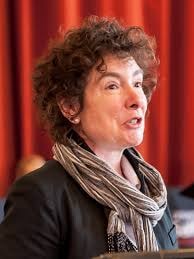
This first novel by Jeanette Winterson is about a woman raised by devout Pentecostal parents in northern England. She discovers that she is attracted to other girls and is ultimately rejected by her religious community.
Winterson deftly blends biting wit with whimsical realism. Oranges Are Not The Only Fruit traverses the intersection of identity, faith, and rebellion using a sharp yet poetic writing style. This set her apart as a compelling literary voice. This novel has become a staple of sapphic books as it fearlessly portrays the conflict that often arises between self acceptance and religions expectations. This one belongs on your list to read if you’re interested in queer storytelling.
Zami: A New Spelling of My Name by Audre Lorde (1982)
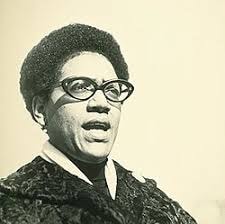
This is not a traditional novel. Audre Lorde coined the term biomythography to describe this book that chronicles her personal history as a Black, lesbian girl in Harlem in the 1950s. She takes the reader through her life experiences that include schooling, her sexual awakening, and her work building community.
Zami is an essential piece of lesbian literature for the way it embraced intersectionality, even before the term was widely used gay or other marginalized circles. Lorde deploys both fierce honesty and poetic language as she examines the roles that class, race, and gender play in shaping desire. Folks who are interested in an intense read that intersects Black experience with queerness should find this book.
The Miseducation of Cameron Post by Emily M. Danforth (2012)
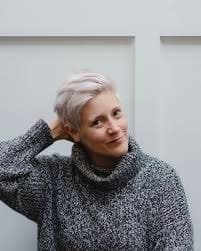
This compelling read is a standout in modern Young Adult literature. It follows the tale of a teenage girl in rural Montana who is sent to conversion therapy after she is caught kissing another girl. This novel explores themes of resilience, autonomy, and oppression in the face of systems that seek to marginalize young queer folks.
Danforth’s novel was released in the early 2010s when there was a wave of attention being paid to both queer youth and the horrifying outcomes of conversion therapy. It was later adapted into a film that drew even more attention to the book. Danforth’s first novel remains one of the most highly acclaimed YA lesbian books.
Tipping the Velvet by Sarah Waters (1998)
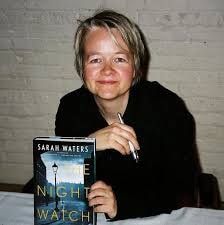
Tipping The Velvet follows the story of a young oyster girl in Victorian England. Nancy Astley becomes a music hall performer and embarks on a journey of self discovery and sexual awakening. This novel combines historical fiction, romance, and coming of age in a compelling narrative.
Sarah Waters is deeply appreciated for her contributions to sapphic fiction, and this debut cemented her as an expert in well-researched storytelling – accomplished without losing the sensual elements that make her work such a compelling read. Her book was later adapted into a BBC miniseries that earned kudos for its lush cinematography of same-gender love. Water’s work has become synonymous with bold sapphic literature that honors identity and genre.
The Night Watch by Sarah Waters (2006)
The Night Watch is another key read from Sarah Waters that takes place during and in the aftermath of WWII. Here, she weaves the lives of several characters together – some of whom are involved in queer relationships. The novel moves backward through time slowly unfurling secrets, betrayals, and emotional bonds formed during war time.
Stir Fry by Emma Donoghue (1994)
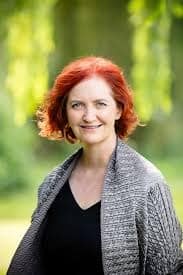
Stir-Fry is about a reserved, curious, but very sheltered teenage girl named Maria. She moves from a small village to Dublin to attend university. There, she ends up sharing a flat with two older women, Jael and Ruth who are in a sapphic relationship – something that Maria is entirely unaware of at first. The novel explores how she navigates this moving from confusion to introspection, and then questioning her own conservative worldviews that were deeply influenced by her recently deceased mother. Donoghue is a prolific writer and this is just one of the great reads in her long list of novels, anthologies, screenplays, and more.
Beyond the West: Classic and Influential Lesbian Books from Around the Globe
While much of the classic lesbian fiction that gets attention is written by authors like Emma Donoghue who have a Western perspective, lesbians everywhere have been telling their stories, often at profound cultural risk. These narratives are often less widely circulated in the West , but they are just as important as they challenge the narratives established and furthered by Eurocentric power structures.
Here are several standout titles from non-Western authors that belong on the same shelf as Radclyffe Hall, Rita Mae Brown, and Sarah Waters.
Under the Udala Trees by Chinelo Okparanta (2015) — Nigeria
Under The Udala Trees is set during and after Nigeria’s civil war. It is a heartbreaking coming of age story about a young woman named Ijeoma. She has her first experience of love with another girl during the war. That relationship challenges everything she has ever been taught about shame, duty, and family expectations.
Okparanta’s novel navigates repression, religion, and redemption in a culture where same sex love isn’t just taboo, it’s criminalized. This is a book that is raw and poetic, and stands as a landmark example of African lesbian literature. It deserves to be on every list to read of queer women books that prioritizes inclusivity.
The Henna Wars by Adiba Jaigirdar (2020) — Bangladesh/Ireland
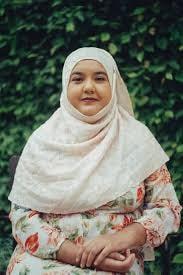
Although it is a relatively new addition to the young adult fiction genre, The Henna Wars has had a resounding impact. Bangladeshi-Irish author Adiba Jaigirdir has written a compelling YA novel that doesn’t follow the standard narrative of other books in this genre. Here, Nishat is a Muslim teen living in Dublin. She comes out as a lesbian, and ends up competing in an entrepreneurship competition against the girl who is the object of her affection.
The Henna Wars addresses very specific cultural norms while also engaging with emotions that are felt universally. Jaigirder tackles religions identity, racism, and the challenges that lesbians of color face when their sexuality intersects with other identity markers – particularly within immigrant communities.
A Cup of Rage by Raduan Nassar (1995) — Brazil
Brazillian author Raduan Nassar wrote this engaging novella about a relationship between a young woman and older man. It is not a lesbian book in a traditional sense, but has been critically analyzed through a queer feminist lens. The tale explores themes of autonomy, sexuality, and power.
Cereus Blooms at Night by Shani Mootoo (1996) — Trinidad/Canada
Cereus Blooms at Night is a beautifully complex novel that takes place on the fictional Caribbean Island, Lantanacamara. The main character is Mala Rmchandin, an older woman who has been accused of a crime. Her caregiver is Tyler, a queer nurse. The story unfolds through third person accounts and Mala’s own fragmented memories. Through that, a narrative of queer desire, childhood trauma and deep emotional bonds between WLW is woven.
Shani Mootoo iwas born in Ireland and raised in Trinidad which likely contributes to the rich imagery and language she is able to leverage here. This novel addresses repression, rape and survival in a sensitive, thoughtful, but very direct manner. It’s become a foundational example of Caribean lesbian literature.
Sapphic Short Stories and Lesser-Known Voices
There’s more to lesbian literature than novels. Lesbians have made an impact through memoirs, anthologies, short stories, poetry, plays, essays, and other works. These are often the first outlets marginalized voices have mainstream publishers won’t make space for them.
For example, Susan Choi’s Trust Exercise is seen as a queer-adjacent work because of the emotionally charged relationships between lesbians. Then there’s Isabel Greenberg who writes short stories that weave in themes of feminism, forbidden love, and feminine bonds. Many works like these are spotlighted through the Lambda Literary Awards and Pride Month lists of queer book recommendations.
Cultural Resonance: What Keeps These Stories Alive?
So many of these books have endured for decades, not just because of stellar writing, but because speak to universal experiences like longing, connection, transformation, and survival. Whether it’s sapphic poetry being read at a Pride month event or a classic novel being analyzed in a women’s history class – sapphic writing matters. It matters so much that these books are even portrayed on screen by film stars who bring these stories to life.
One example of this is Fannie Flagg’s Fried Green Tomatoes at The Whistle Stop Cafe. This was turned into a beloved, award-wimming film, Fried Green Tomatoes. Although the main characters Idgie and Ruth were portrayed as friends rather than lovers, many recognized the queer coding and felt seen.
Lesbians often see themselves in the pages of these books. They recognize the emotions and the difficult relationships with mothers, fathers, and friends. This representation has always been extraordinarily important.
Take Emma Donoghue as an example. She regularly addresses themes that resonate with lesbians. Her writing addresses chosen families, tension with families of origins, and journeys of self-discovery.
Likewise, Vita Sackville-West brought us early example of queer identity subtly expressed through high art. Sackville-West expertly used coding to speak to queer experiences in a way that still resonates when people read her work today.
WLW Literature – Getting Past The Mythology
Hesitant about getting into WLW lit? Are you expecting maudlin tales of maudlin lesbians and other chronically miserable folks? While there’s no denying that a few well-known literary gals struggled with their mental, this niche is hardly depressing. There are stories here that are vibrant, passionate, and reflect extraordinary resilience.
Where to Find Classic Lesbian Lit
In a perfect universe, you would simply walk into your local library or bookstore to find any of these. Sadly, political pressure, lack of funds, or even sourcing issues may limit queer collections of all kinds. You may need to dig a bit to find some of these titles nearby.
If you are struggling to find something to read, here are a few tips:
- Look at queer-friendly bookstores
- See if your library is networked with a bigger library that might have what you need
- Join a queer book club – those ladies are likely to know where to find wlw literature
- Go online – online sellers may not deal with the same pressures or accessibility issues as brick and mortar sellers might
Finally, be open to different formats. Yes, if you collect and display books you want the most aesthetically pleasing books. But, for most people a paperback, second hand text, or even an audiobook are just fine.
Conclusion
Lesbian books include a variety of sub-genres such as lesbian pulp fiction They educate and inspre. They tell the stories of unforgettable lesbians who have deep, rich, life experiences. Whether you are delving into Oranges Are Not The Only Fruit or revisiting another queer novel during a summer road trip – lesbian authors deserve much more attention than they get.


